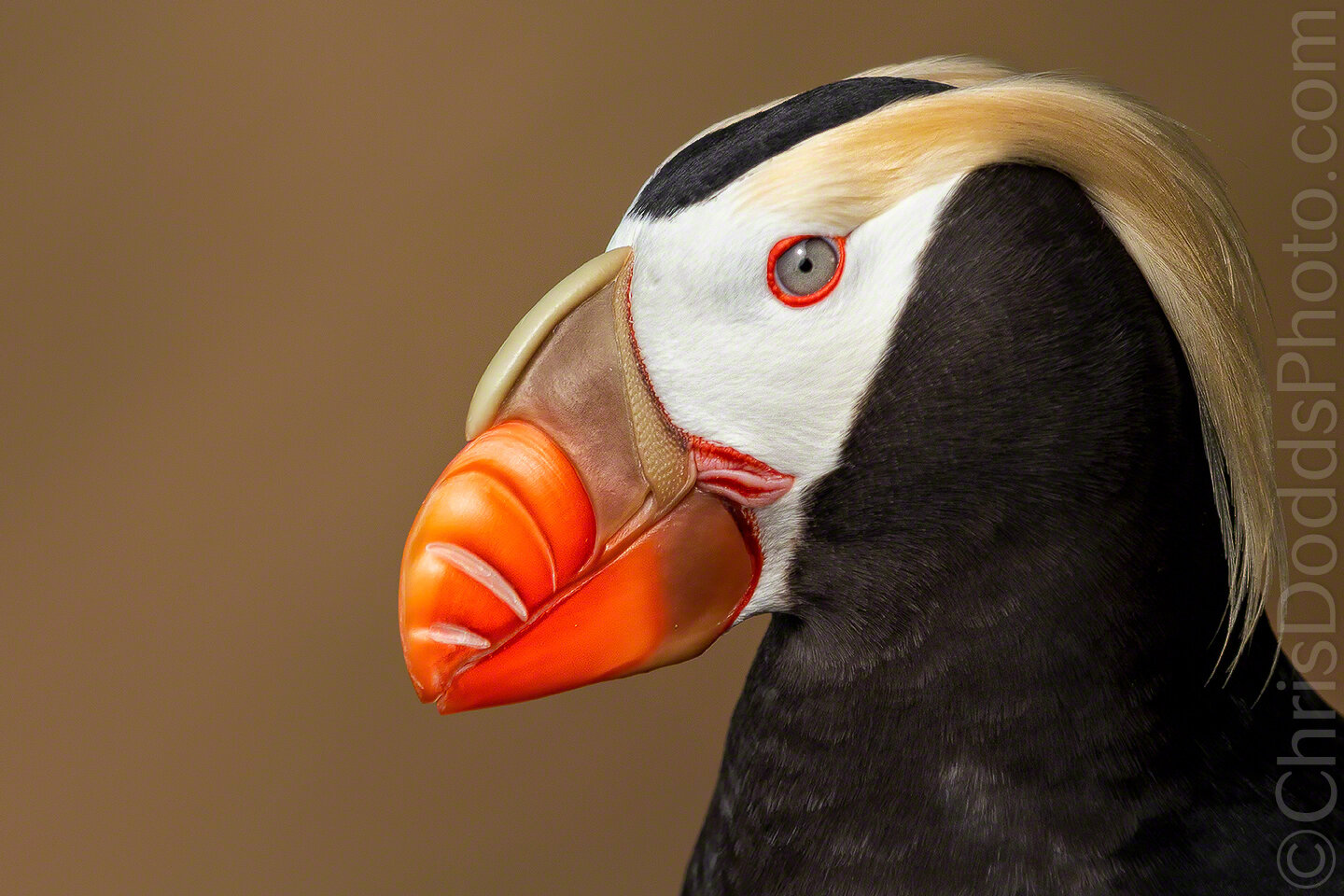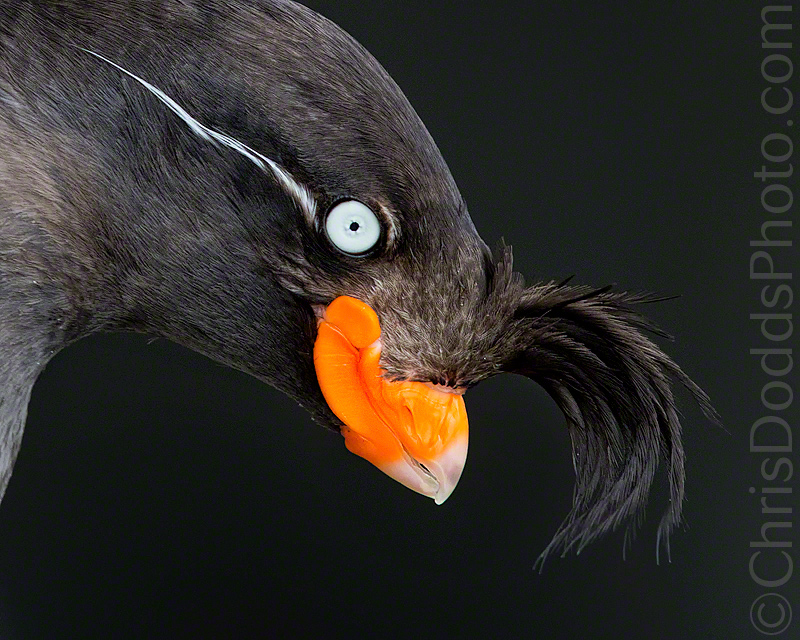I could spend hours perched on a cliff in front of a bird at the minimum focusing distance of my camera. I love the slight reflection of the cliffs in the eye of this Tufted Puffin.
Q: “Chris, I met you at the Toronto photography show in Dec 2019” (ProFusion where I was presenting for Sony) “where you were showing your Sony work. We spoke and then exchanged some emails later - I was inquiring if you ever used auto iso etc.
Looking again at your portfolio, I had some questions on your technique to achieve the amazingly clean backgrounds that you do. I bought a Sony RX10m4 .. enjoying that ……… Also wondered if you are doing any virtual seminars. Thanks” - Ken Wagner
A: Hi Ken!
The trick to the out-of-focus backgrounds is to find a subject and angle that offers a distant, but pleasing background. Even with a slow lens with a maximum aperture opening of f/11 will produce pleasing out-of-focus backgrounds if the subject is at the minimum focusing distance and the background is far enough away.
I have a bunch of virtual seminars booked with camera clubs, but none scheduled for an open audience at this time; stay tuned here for an announcement in the future.



